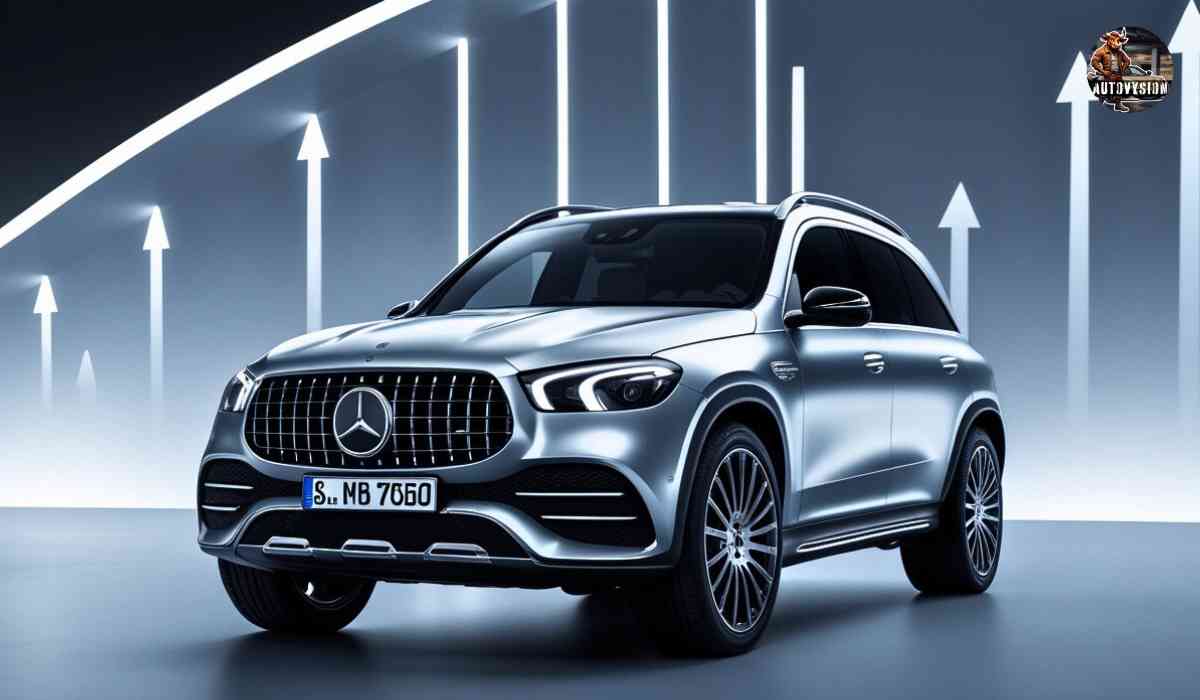Mercedes-Benz India, the country’s leading luxury carmaker, has announced that it will increase the prices of its vehicles by up to 3% in two phases by September 2025. This move comes amid rising input costs and a sharp decline in the value of the Indian rupee against the Euro, which has significantly impacted the cost of importing vehicles and components.
Details of the Price Hike

Two-Stage Implementation
-
The first phase of the price hike will take effect from June 1, 2025. In this stage, select models such as the C-Class, E-Class, GLC, GLE, GLS, EQS, and the flagship Maybach S-Class will see their prices rise. The increase will range from ₹90,000 for the C-Class to as much as ₹12.2 lakh for the Maybach S-Class.
-
The second phase will be implemented on September 1, 2025, and will cover the entire Mercedes-Benz lineup. This stage will see an additional increase of up to 1.5% across all models.
Why the Price Hike?

Mercedes-Benz India attributes this price correction to several factors:
-
Foreign Exchange Fluctuations: Over the past four months, the Indian rupee has depreciated by nearly 10% against the Euro. This has made importing both fully built cars and components for local assembly much more expensive.
-
Rising Input Costs: The company has also cited increasing costs of materials, logistics, and overall operational expenses as reasons for the price adjustment.
-
Efforts to Minimize Impact: While Mercedes-Benz has tried to absorb much of these costs by increasing the localization of production in India, the company says it can no longer avoid passing some of the burden to customers.
How Will This Affect Buyers?

For potential buyers, the two-stage price hike means:
-
More Time to Plan: The staggered approach is designed to give customers time to make purchasing decisions before the full impact of the price increase is felt.
-
Model-Specific Increases: The hikes are not uniform. Entry-level luxury models like the C-Class will see smaller increases, while high-end models such as the Maybach S-Class will have the largest hikes.
-
New Price Points: After the hikes, the C-Class will start from ₹60.3 lakh, while the Maybach S-Class will be priced at ₹3.60 crore (ex-showroom).
Why Are Luxury Car Prices Sensitive to Currency Fluctuations?

Luxury carmakers like Mercedes-Benz rely heavily on imported parts and fully built units, especially for their high-end models. When the local currency weakens against the Euro, the cost of these imports rises sharply. Even with efforts to make more cars locally, some advanced components and technologies still have to be brought in from overseas.
This means that luxury brands are more exposed to global economic changes than mass-market carmakers, who may have a higher degree of local sourcing. As a result, price adjustments become necessary to maintain profitability and continue investing in new products and technologies.
What Does This Mean for the Indian Luxury Car Market?

The luxury car market in India is still relatively small compared to markets like China or the United States, but it is growing steadily. Price hikes can temporarily slow down demand, especially for buyers who are price-sensitive or waiting for better deals. However, Mercedes-Benz’s brand strength and the aspirational value of luxury cars often mean that demand remains resilient in the long run.
By implementing the price hike in two stages, Mercedes-Benz aims to soften the blow for customers and maintain its competitive position. The company’s strategy reflects a balance between absorbing costs and passing them on, a challenge faced by many global brands operating in India.
Final Note

Mercedes-Benz India’s decision to increase vehicle prices by up to 3% in two stages by September 2025 is a response to challenging economic conditions, particularly currency depreciation and rising input costs. While this move will make luxury cars more expensive, the company’s staggered approach gives buyers time to plan their purchases. As the Indian luxury car market matures, such price adjustments are likely to become more common, reflecting the global nature of the industry and the challenges of operating in a dynamic economic environment.
With inputs from agencies
Image Source: Multiple agencies
©️ Copyright 2025. All Rights Reserved Powered by Vygr Media.



















